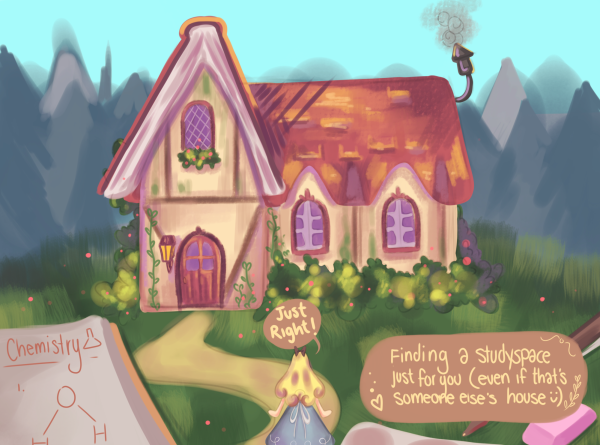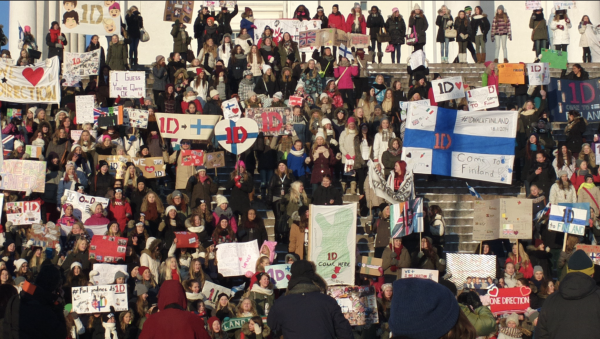Red-Cockaded Woodpeckers are Declining Rapidly: Why It’s an Alarming Representation of Climate Change
Since the 1960s, Red-Cockaded Woodpeckers have been declining in their range all across North America. These beautiful birds’ current population serves to represent the unhealthy increase in global warming, pollution, and deforestation.
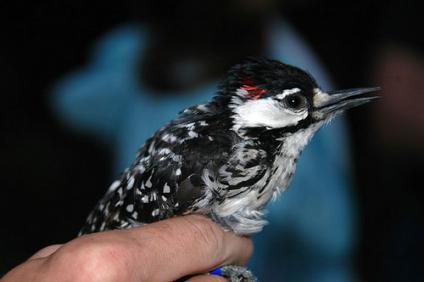
ChattOconeeNF via Wikimedia Commons
Conservation efforts made by the US Forest Service have been steadily increasing the population of Red-Cockaded Woodpeckers. Their population has increased by over 60% since 1990, rising incrementally each year.
February 3, 2022
Birds have been long standing subjects of study, and are beautiful creatures in almost every ecosystem. Ecologists assess habitats through birds frequently, as they are highly sensitive to acclimation. Among other environmental positives, birds are also a major indicator of environmental negatives; changes in bird population and/or behavior can correlate to pollution, changes in climate, and habitat destruction. This is particularly alarming because, considering we share similar interests in living conditions and needs, an environment unhealthy for birds can likely be an environment unhealthy for humans.
Recent studies of cities like Richmond have uncovered more evidence of how higher ozone levels can impair cognitive function and healthy living. Red-Cockaded Woodpeckers are affected by not only this, but also by forest fragmentation due to their specific habitat and living conditions and inability to acclimate easily. Forest fragmentation, which has risen and is expected to rise in the next 50+ years, is the breaking and separating of large forest areas typically in order to make more space for housing. Virginia’s population rises consistently each year, and Loudoun County is no exception. According to a Sciendo research article published in 2018, Loudoun County experienced a growth rate of 55% between 1990 and 1997, causing an exponential rise in deforestation and fragmentation to allocate space for homes. Virginia’s growth rate has slowed down overall since 2010; however, the damage that has been done before still needs to be considered when expanding today. It affects more than just trees, and we have reason to believe that over time, the animals and wildlife that once inhabited these areas will have either migrated or become extinct.
Birds migrating near and around cities will often flock in masses toward artificial oases. For example, David Sibley, an American ornithologist, states in his book Sibley’s Birding Basics that “the park [within a city] acts as an oasis, the same way a cluster of trees in the desert, or an island at sea, concentrates migrating birds.” This leads to territorial fighting and competition between birds for resources. In recent years, climate change has been killing chickadees by eradicating ideal environments.
Samuel McClain, English teacher and director of Birding Club, gives another example of how climate change is negatively affecting birds. “As they live in the mountains, they don’t move to a new location as average temperature increases–they just move up the mountain,” McClain said. “This leads to more birds competing for less resources … birds that are endemic to island environments are at even more risk as climate change impacts them. They’re geographically isolated.” McClain sparks concern for said geographical isolation, which is unfortunately becoming a common cause of extinction for birds due to climate change. This exponential rate of extinction is detrimental to agriculture as well, as birds prove to be a lot more economically efficacious than most might think.
Red-Cockaded Woodpeckers for example, eat major agricultural pests like termites and corn earworms, making them inherently economically valuable. Many make the case that not all birds feed on pests, and can instead sometimes harm the farms–like pigeons, who feed primarily on seeds–therefore they must not be as economically useful. However, a majority of birds (even of prey) feed on common pests often enough to outweigh the possible damages, and actually make a considerable difference in crop production and costs. The FAO (Food and Agriculture Organization of the United Nations) estimates that 20-40 percent of global crop production is lost to pests and plant diseases. Invasive insects cost the US annually $70 billion alone, and new species of mosquito are actually spreading avian viruses at rapid rates. The protection and conservation of birds can help in the effort to reduce economic losses.
If they wish to help, concerned citizens can donate to The Nature Conservancy (TNC), which has been working to save Red-Cockaded Woodpeckers all around Virginia through the Virginia Pinelands Program. These donations will go into efforts to create healthy and stable environments for the woodpeckers–every dollar counts. The safety of not only these birds, but also the plethora state-wide are essential to the stability of ecosystems, reduction of economic losses, and the preservation of valuable information from animal species.
Birds aren’t the only animals whose habits reflect positively on the state of the environment; however, supporting and protecting these animals, doing research on corresponding conservation foundations, and donating is a starting point. We as people are nodes within interconnected network systems–when banding together as a whole, making change doesn’t seem as daunting as we may think.

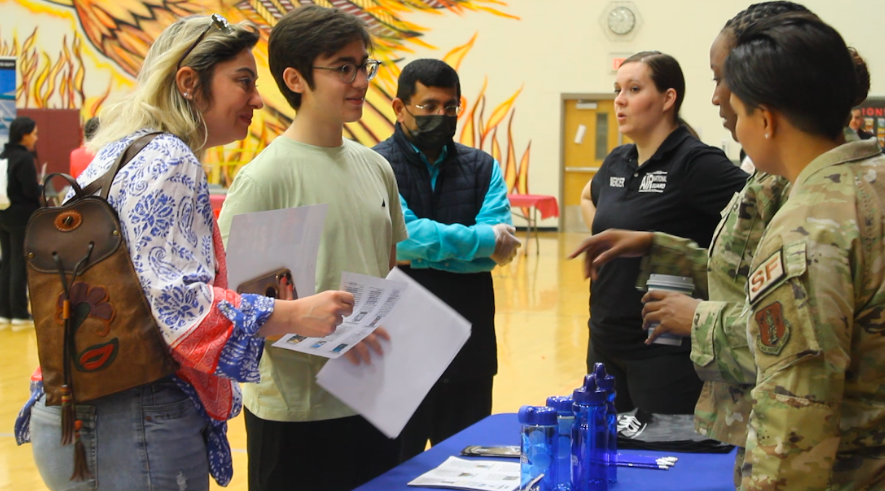

![Standing center stage, senior Ananya Akula conducts the Phoenix Chorale. “[Conducting and teaching] is really fun,” Akula said. “Music education is what I want to do.” On the day of the choir assessment, Akula found out that she received the President’s Music Scholarship – a full ride to the University of Miami Frost School of Music.](https://theblazerrhs.com/wp-content/uploads/2024/04/ananya-1200x800.jpg)
![Senior Fatima Qaderi grew into the person she wanted to become when she was younger and continues to work towards growing more confident in using her voice when it matters. “I didnt get treated the way I wanted to be treated, and I realized that it wasnt just them treating me the wrong way, it was me treating me the wrong way,” Qaderi said. “I forced them to like to look at me in a way where Im someone who needs to be respected; they cant just disregard me, they cant just look over me because I have a different opinion, because Im a woman, because Im Afghan, because Im Muslim, or whatever. It just took going through different experiences to figure out how [I wanted to] be heard.” Photo courtesy of Fatima Qaderi.](https://theblazerrhs.com/wp-content/uploads/2024/04/IMG_3870.jpeg)

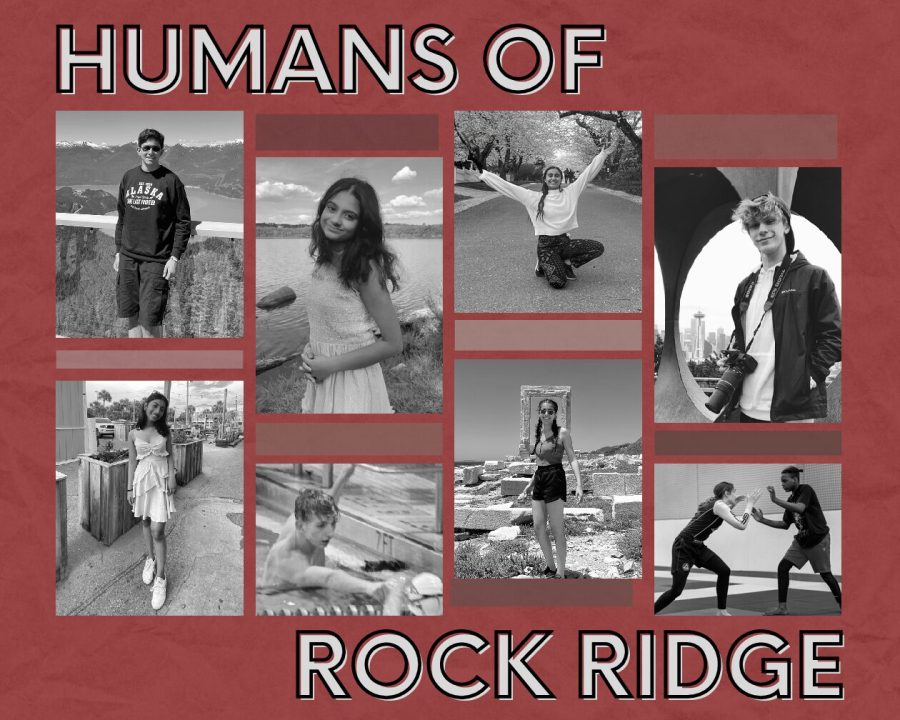
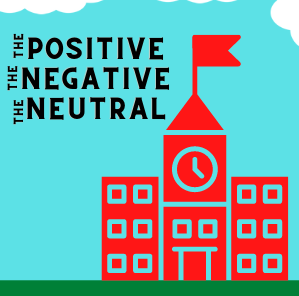

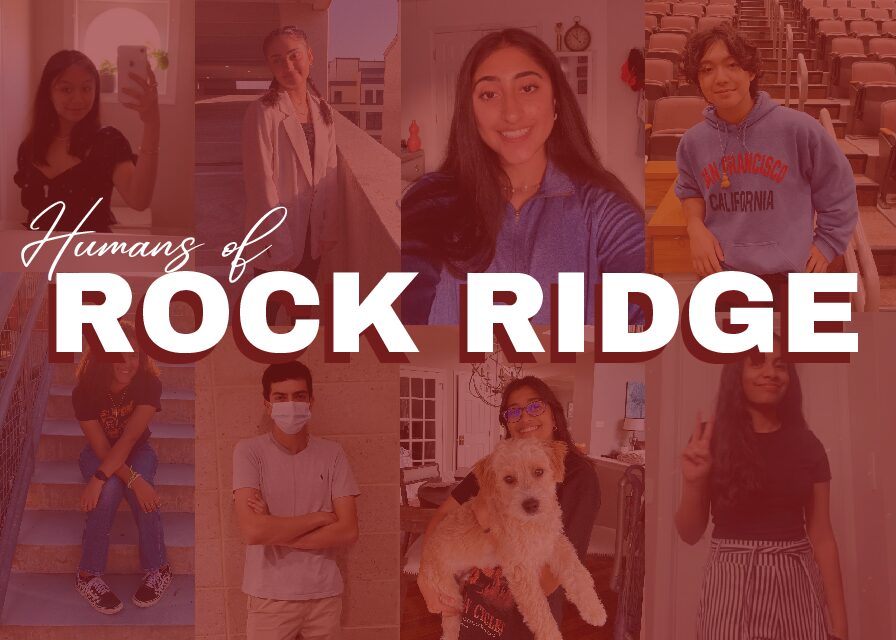
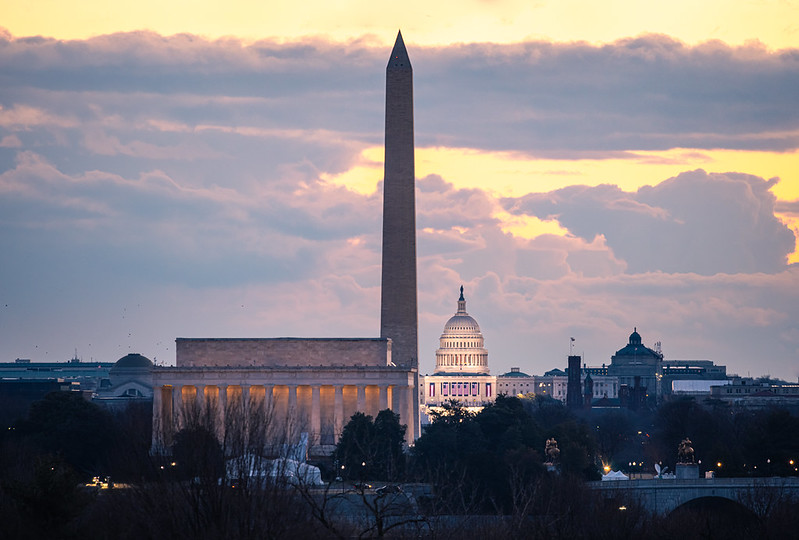
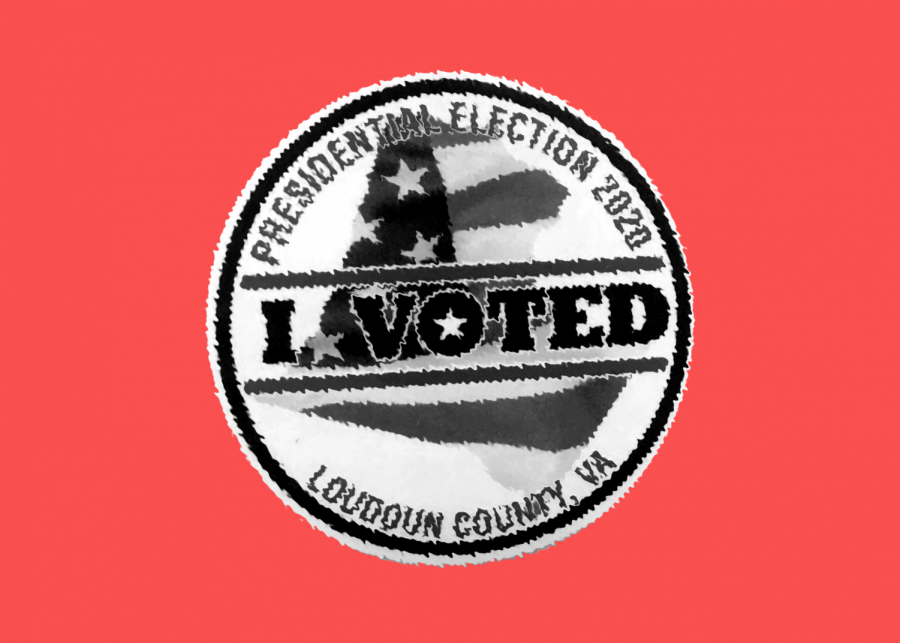
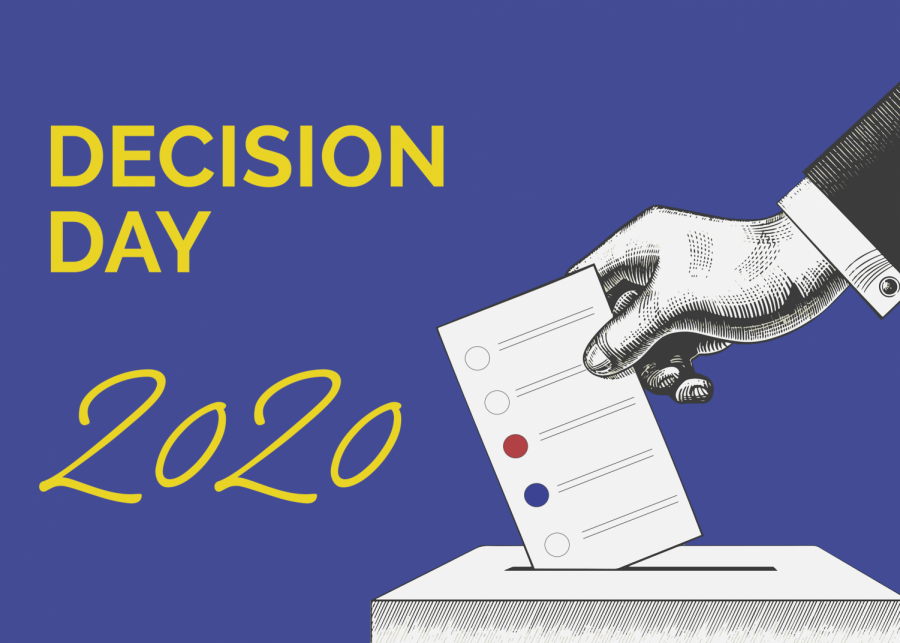
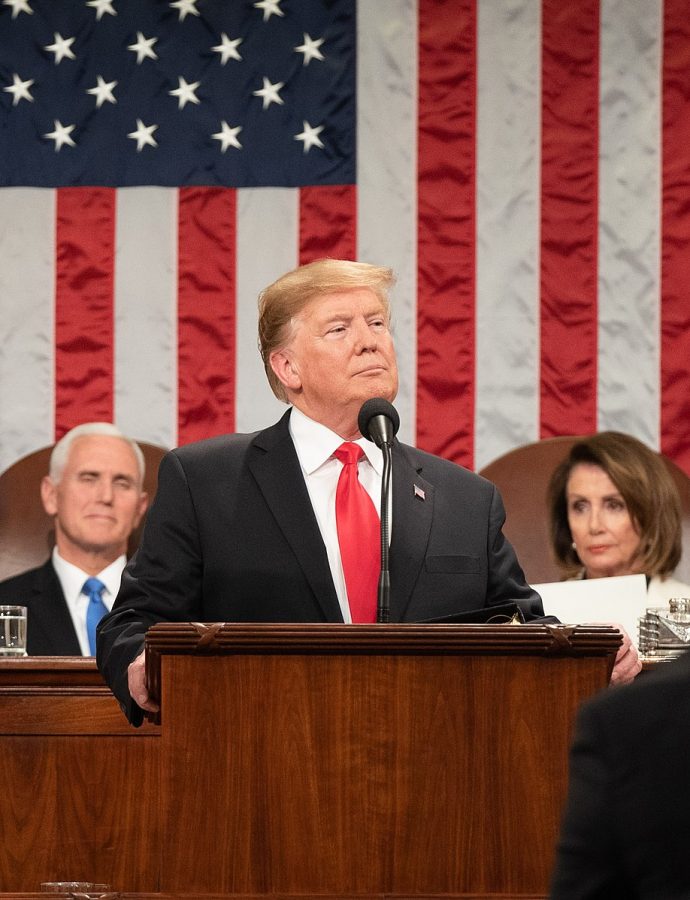
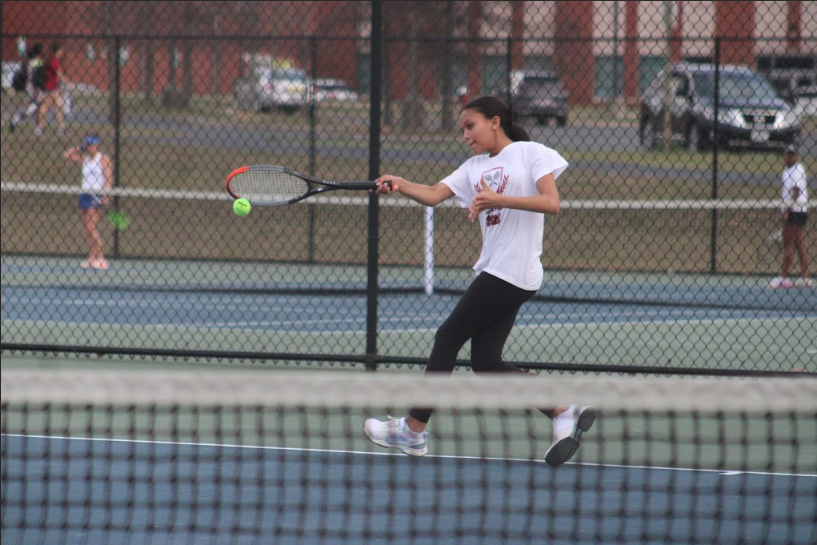
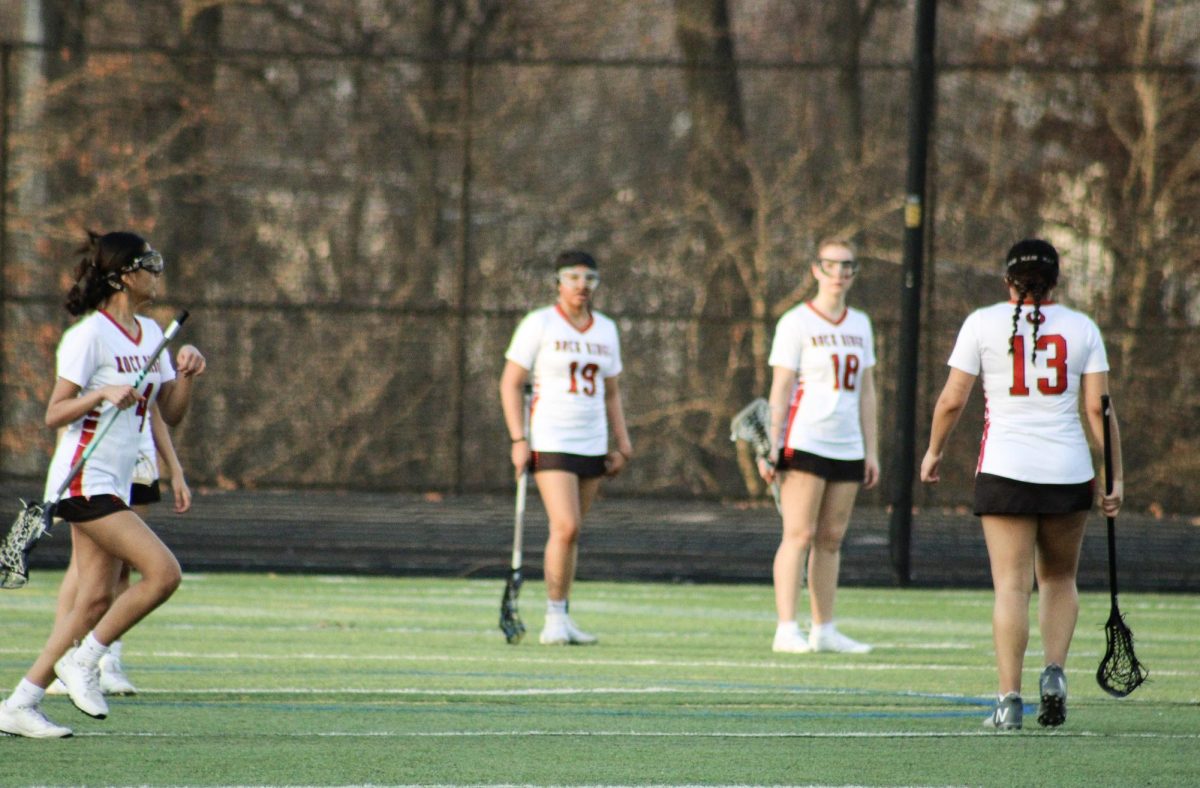
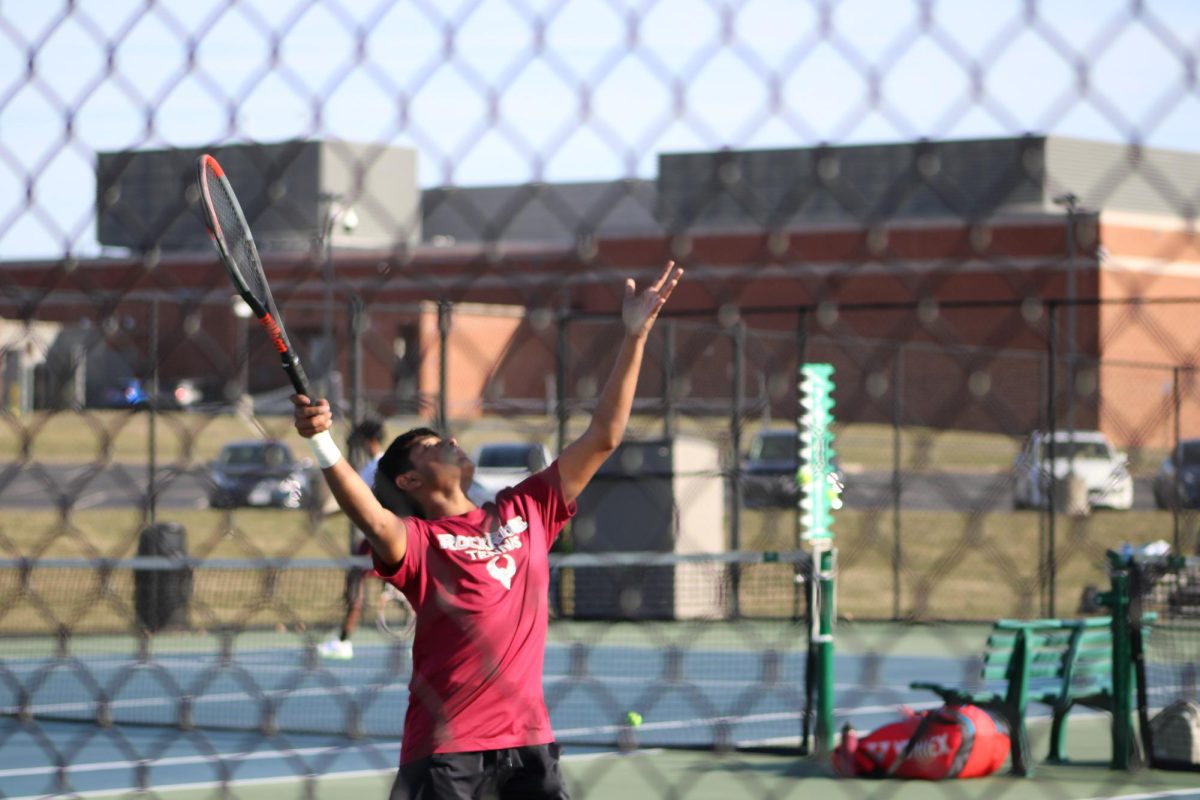
![With the energy and effort the Bolts were bringing to the game, the Phoenix had to step up and match them to make it through their first game of the season. Many of the girls on the team, including freshman Nazly Rostom, have been playing soccer since their childhood and have grown a love for the sport as a result. “It was fun to see how we actually played in a [real] game,” Rostom said. “Even though the outcome was not what we were hoping for, I’m still happy we got to play together.”](https://theblazerrhs.com/wp-content/uploads/2024/04/DSC_0154-1200x800.jpg)
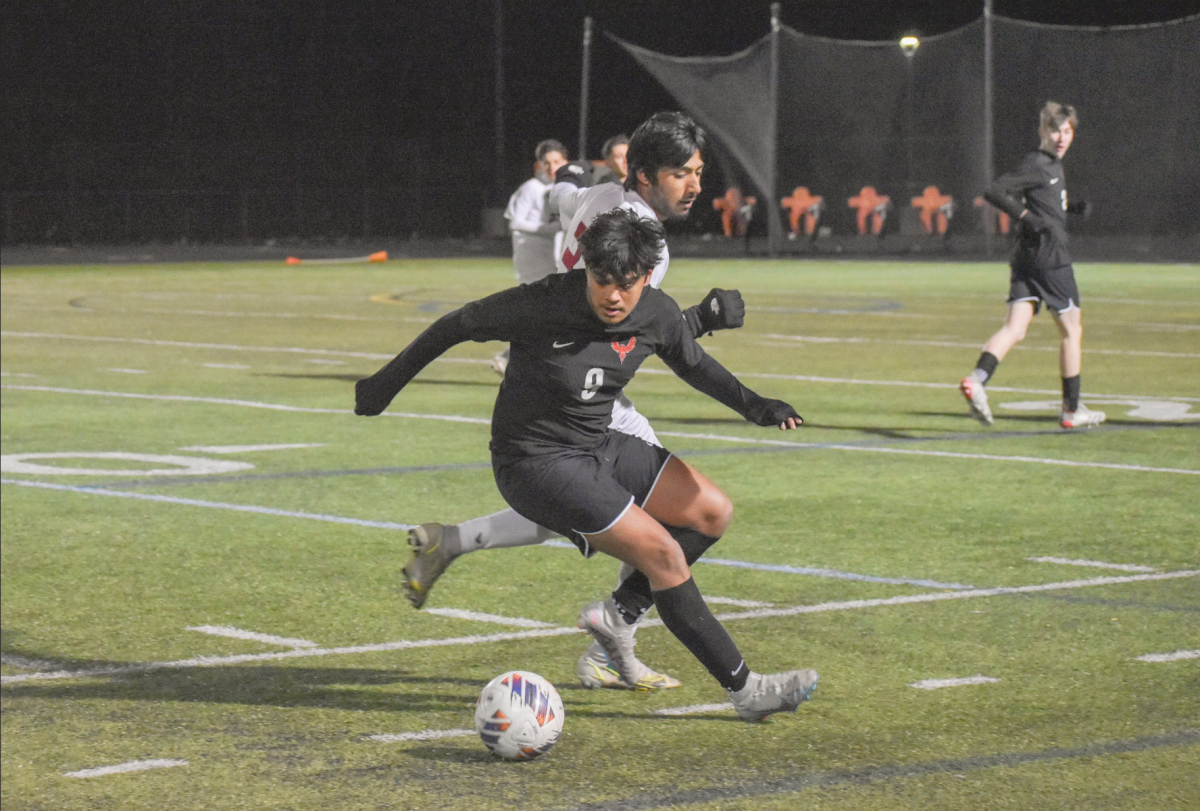
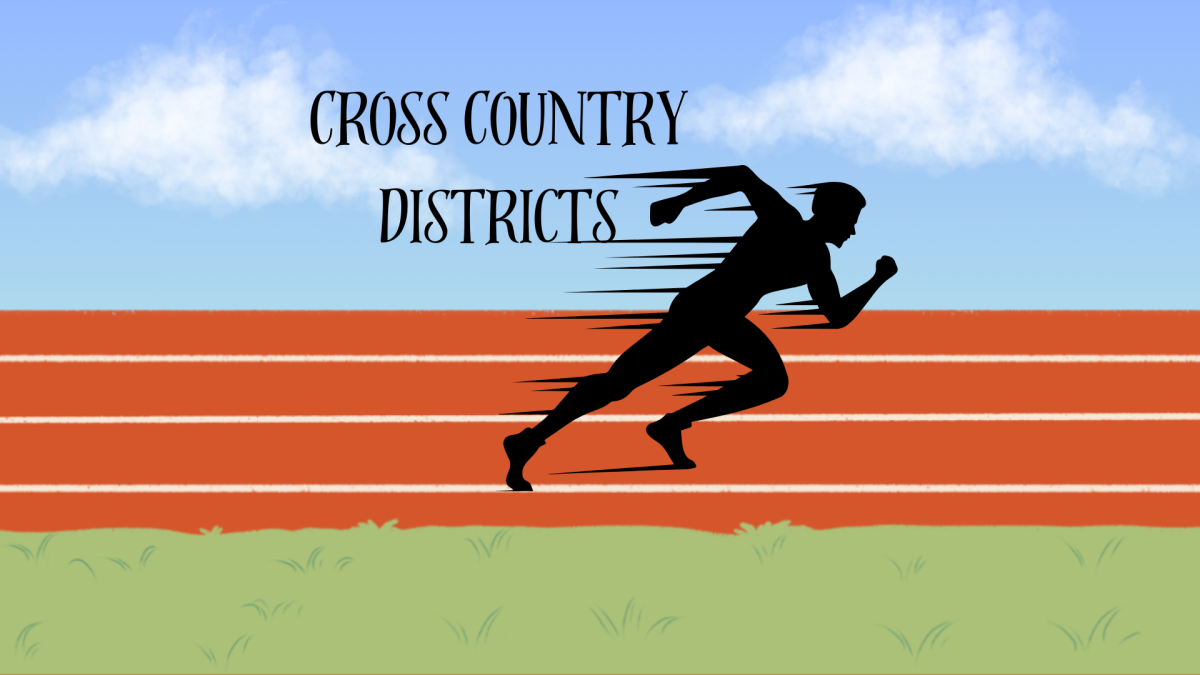

![Held up by a group of cheerleaders, flyer sophomore Leyu Yonas poses as part of a stunt, also supported by flyer junior Shayne Mitchell behind her. (Left) Prior to the pink out football game on Oct. 13, the athletes practiced in the aux gym from 5 p.m. to 6:30 p.m. (Right) On Oct. 19, the cheerleaders competed in their District Championships at Woodgrove High School. “We definitely put all our effort on the mat [at Districts], and it showed,” Mitchell said. Left: Photo by Nadia Shirr. Right: Photo by Steve Prakope via Victor O’Neill Studios.](https://theblazerrhs.com/wp-content/uploads/2023/11/feature-image-1200x823.png)
![Sophomore Xavier Smith (6), the Phoenix quarterback, runs the ball as his teammates help hold up the defense. “My [offensive] line collapses, so I just [have to run], and its a good way to get first downs because [Tuscarora’s] defense was really good,” Smith said.](https://theblazerrhs.com/wp-content/uploads/2023/11/IMG_5383-1200x897.jpg)
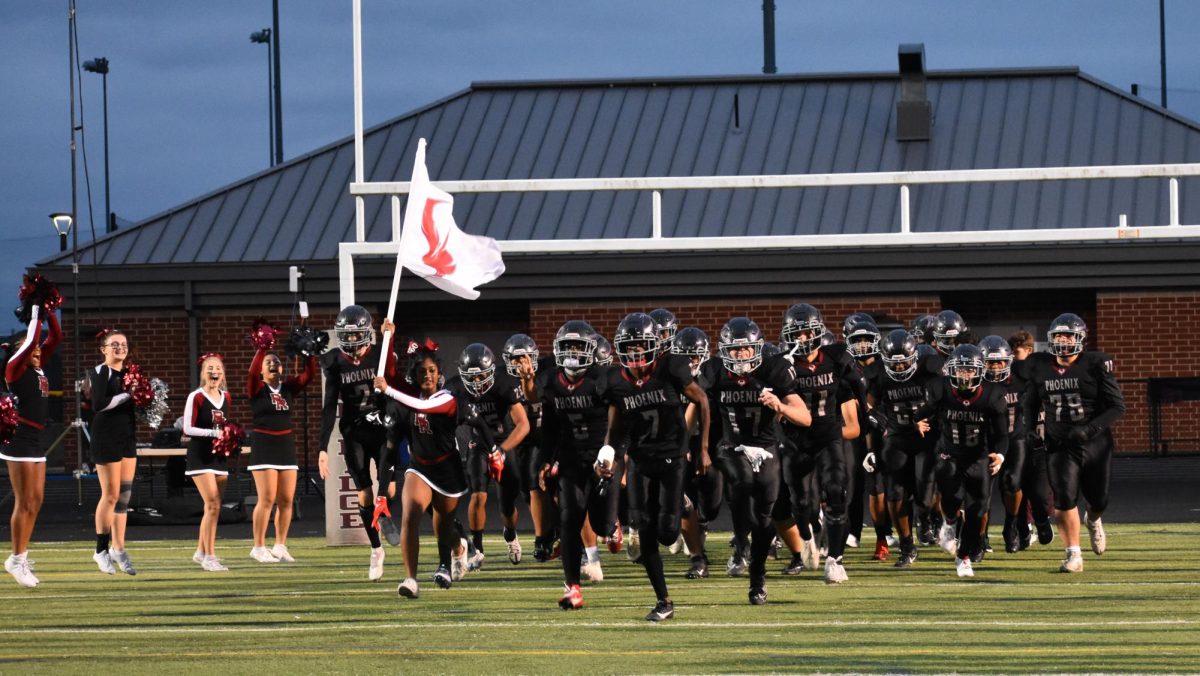
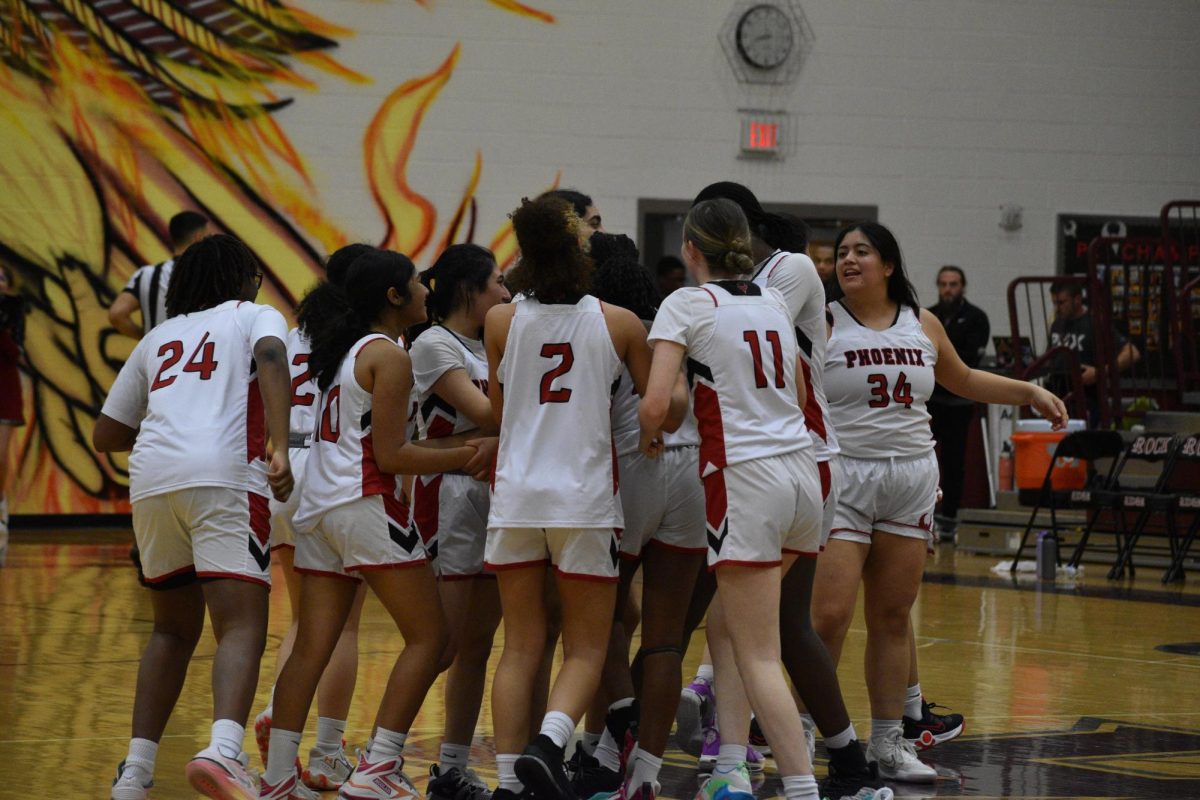

![As the referee throws the ball up for the tip-off, freshman Simone Diby leaps towards the ball to get it in Phoenix possession. Diby is a new member of the Phoenix girls basketball team, and despite it being a change, she finds it enjoyable. “It’s definitely a different experience if you’ve never played on a team, [but] I think it’s still fun.”](https://theblazerrhs.com/wp-content/uploads/2024/03/DSC_0057-1200x662.jpg)








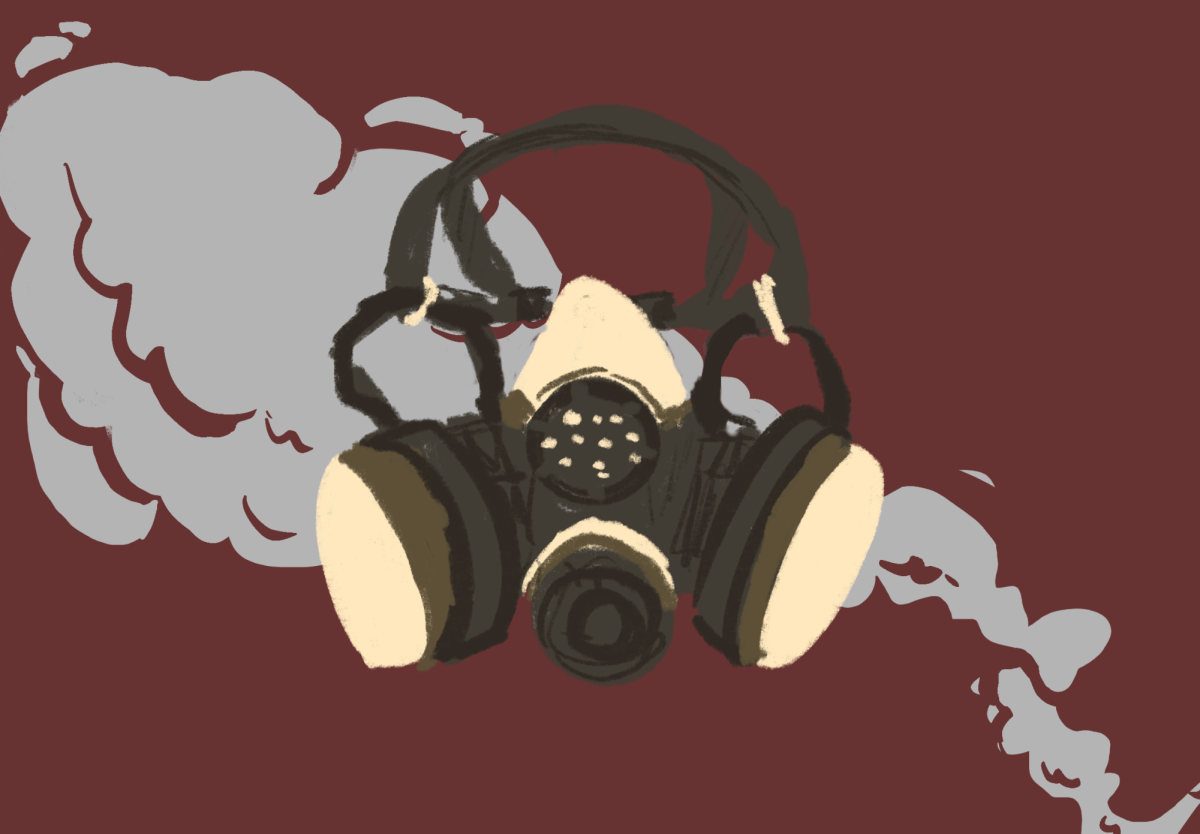

![Gracing stages, football games, and even the big screen, Taylor Swifts popularity doesn’t seem to be declining anytime soon as she’s been almost everywhere on social media, and just this December, [Swift] won TIME Magazine’s Person of the Year award. This brought along magnificent pictures of Swift, articles praising her, and some controversy between Swifites (Swifts most devoted fans), and other people on whether or not she should have won this award.](https://theblazerrhs.com/wp-content/uploads/2024/04/taylor-swift-person-of-the-year-1-1094x1200.png)



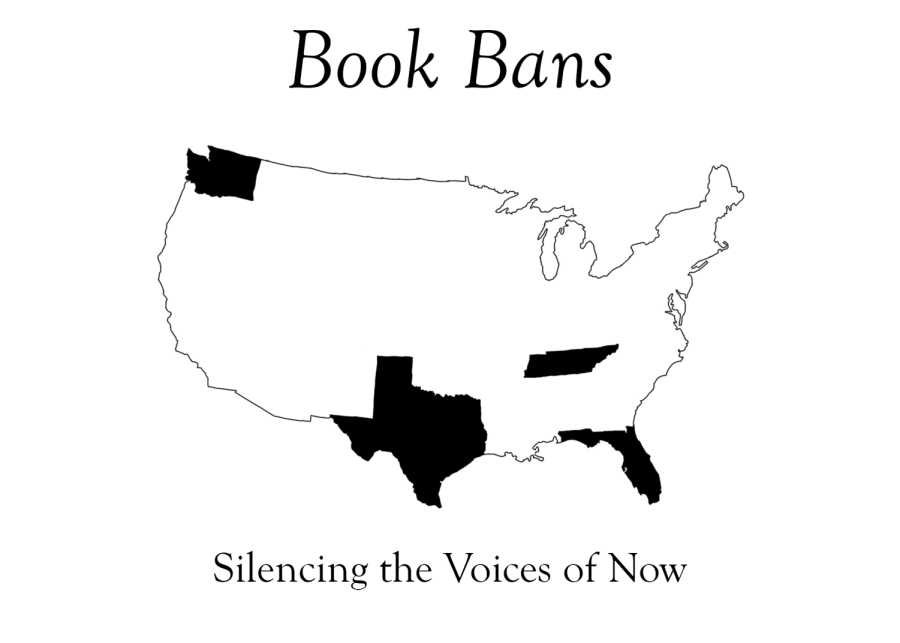
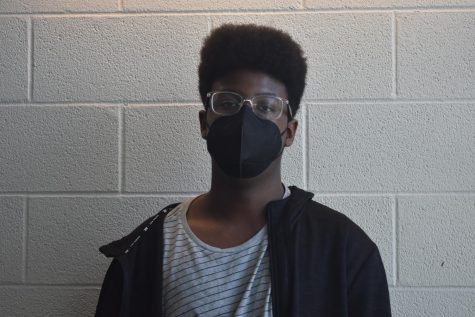
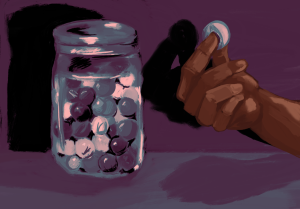
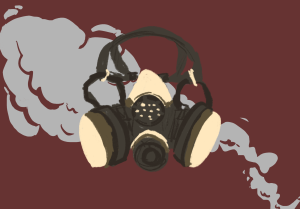

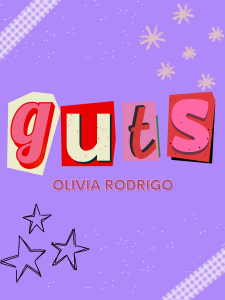




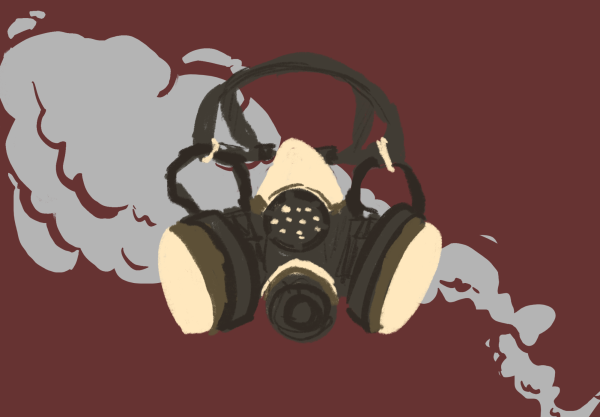

![Gracing stages, football games, and even the big screen, Taylor Swifts popularity doesn’t seem to be declining anytime soon as she’s been almost everywhere on social media, and just this December, [Swift] won TIME Magazine’s Person of the Year award. This brought along magnificent pictures of Swift, articles praising her, and some controversy between Swifites (Swifts most devoted fans), and other people on whether or not she should have won this award.](https://theblazerrhs.com/wp-content/uploads/2024/04/taylor-swift-person-of-the-year-1-547x600.png)

